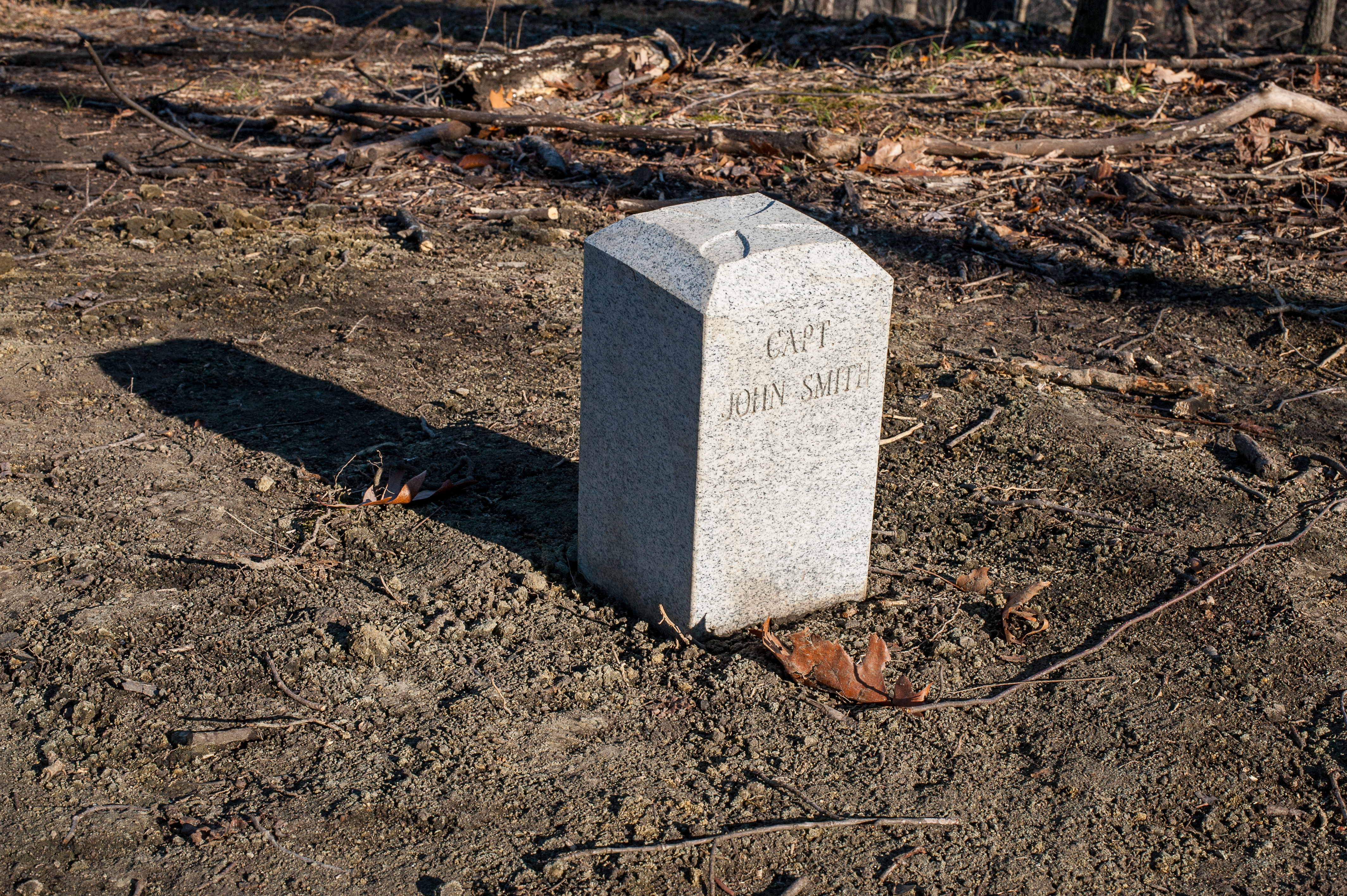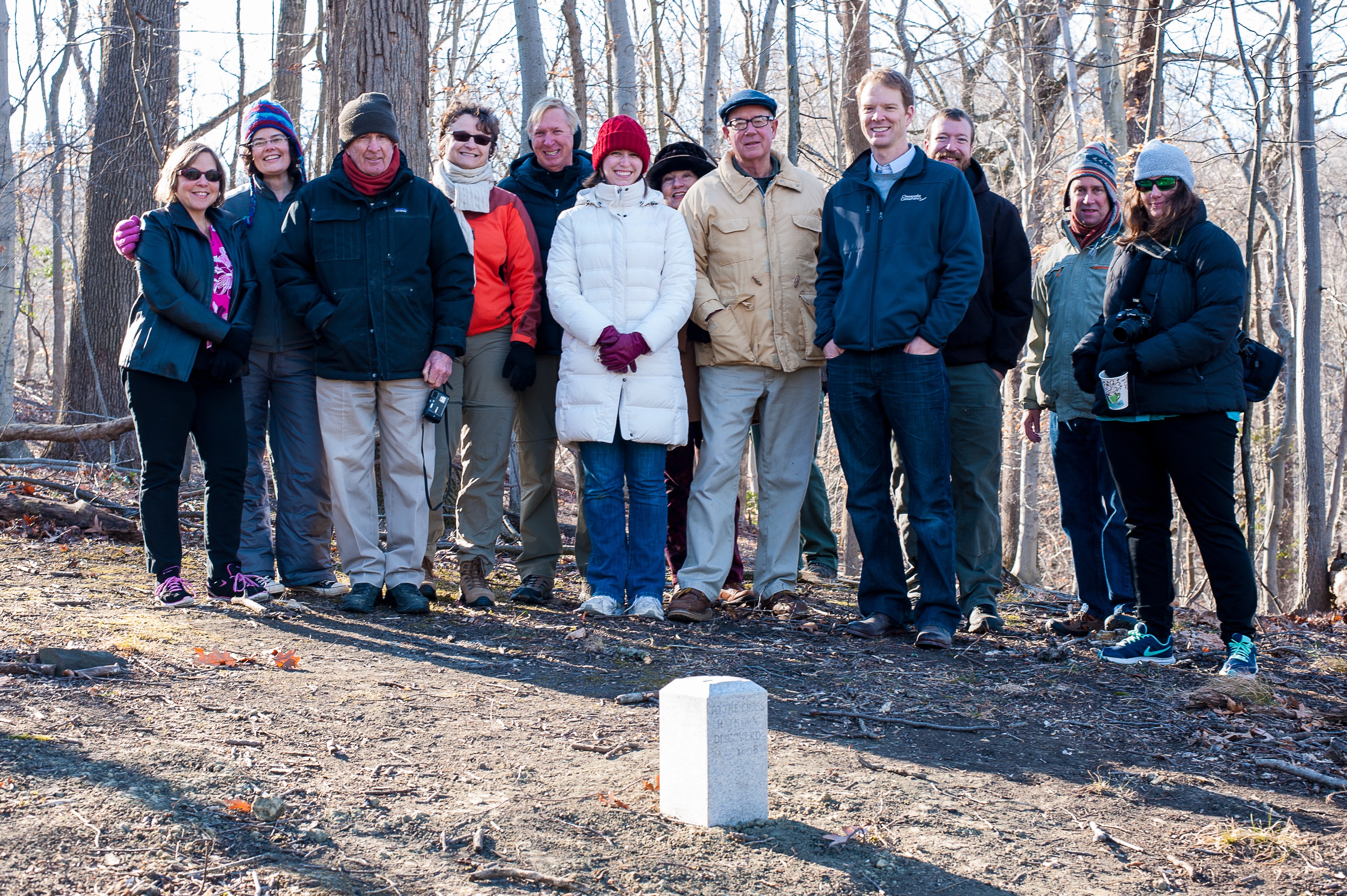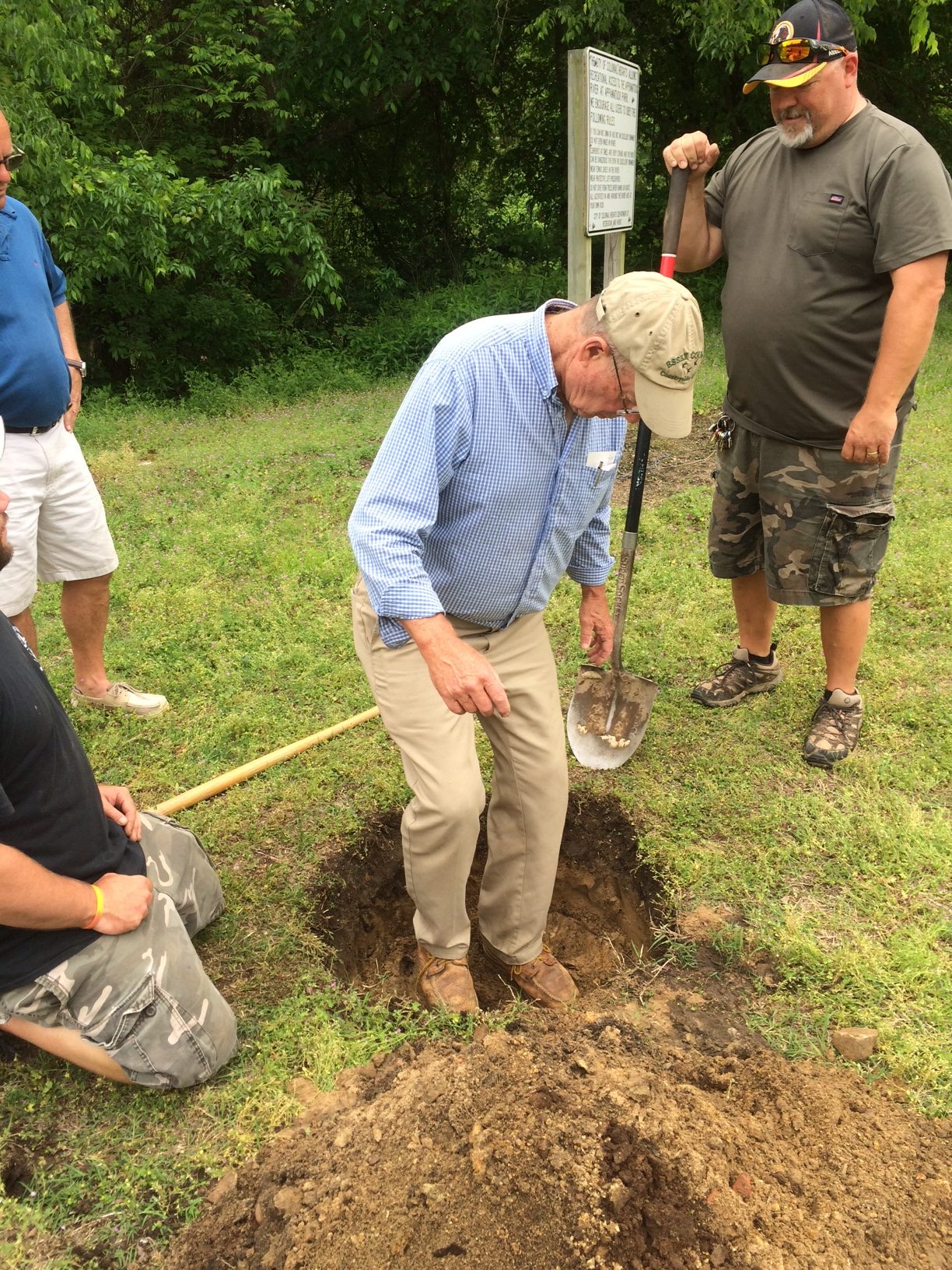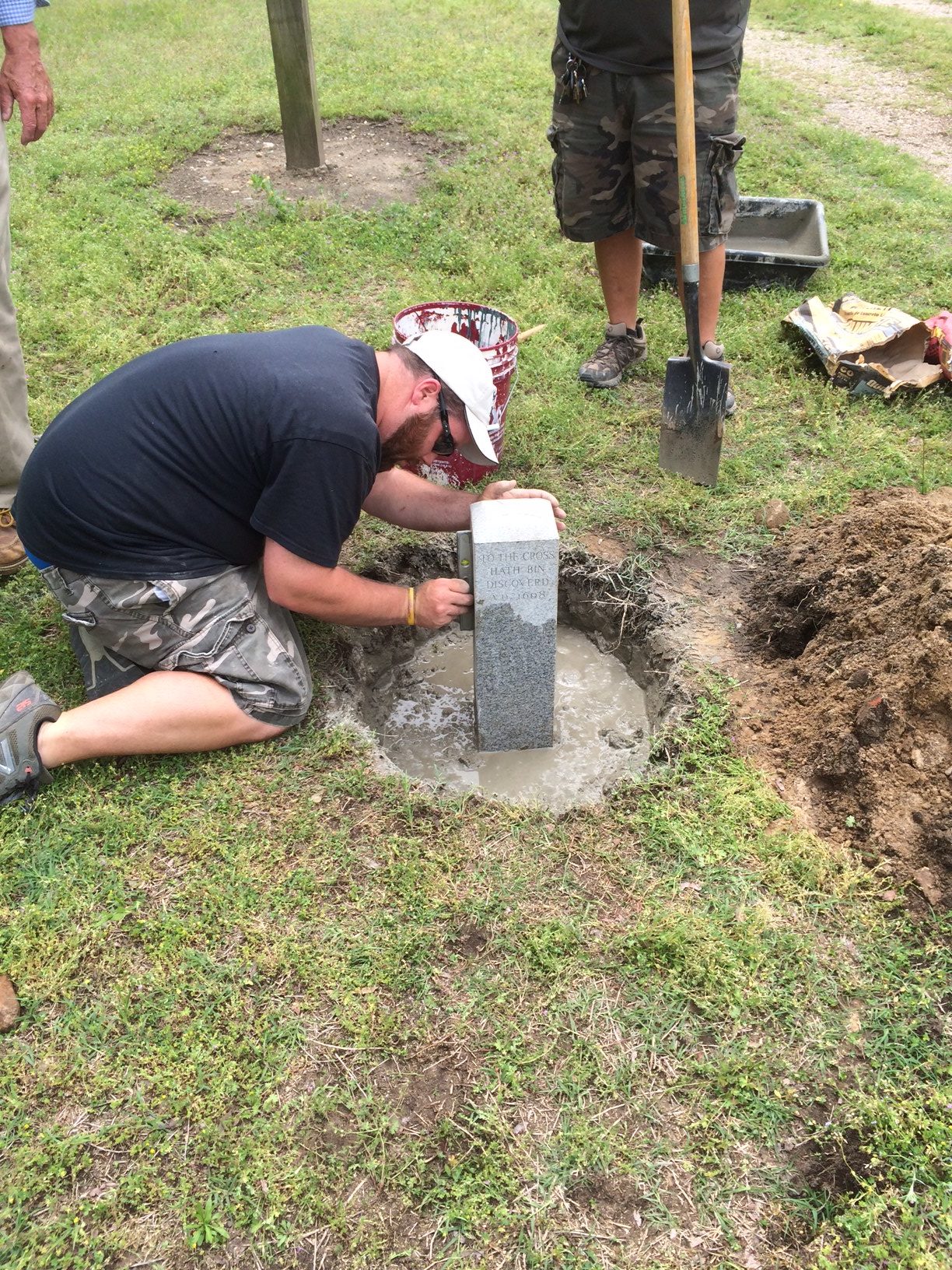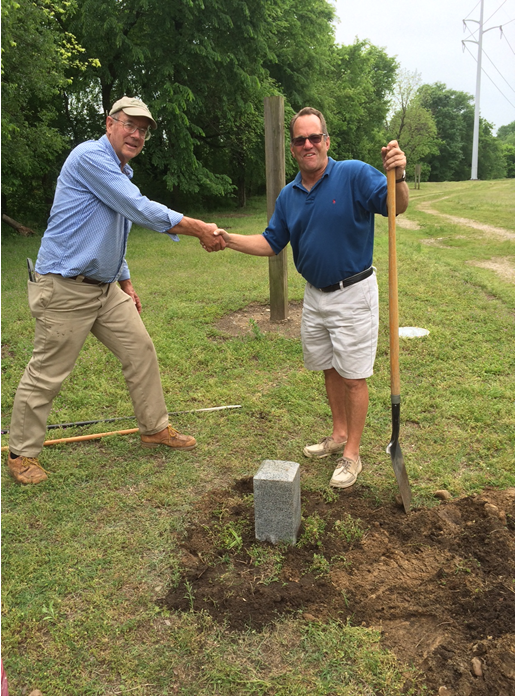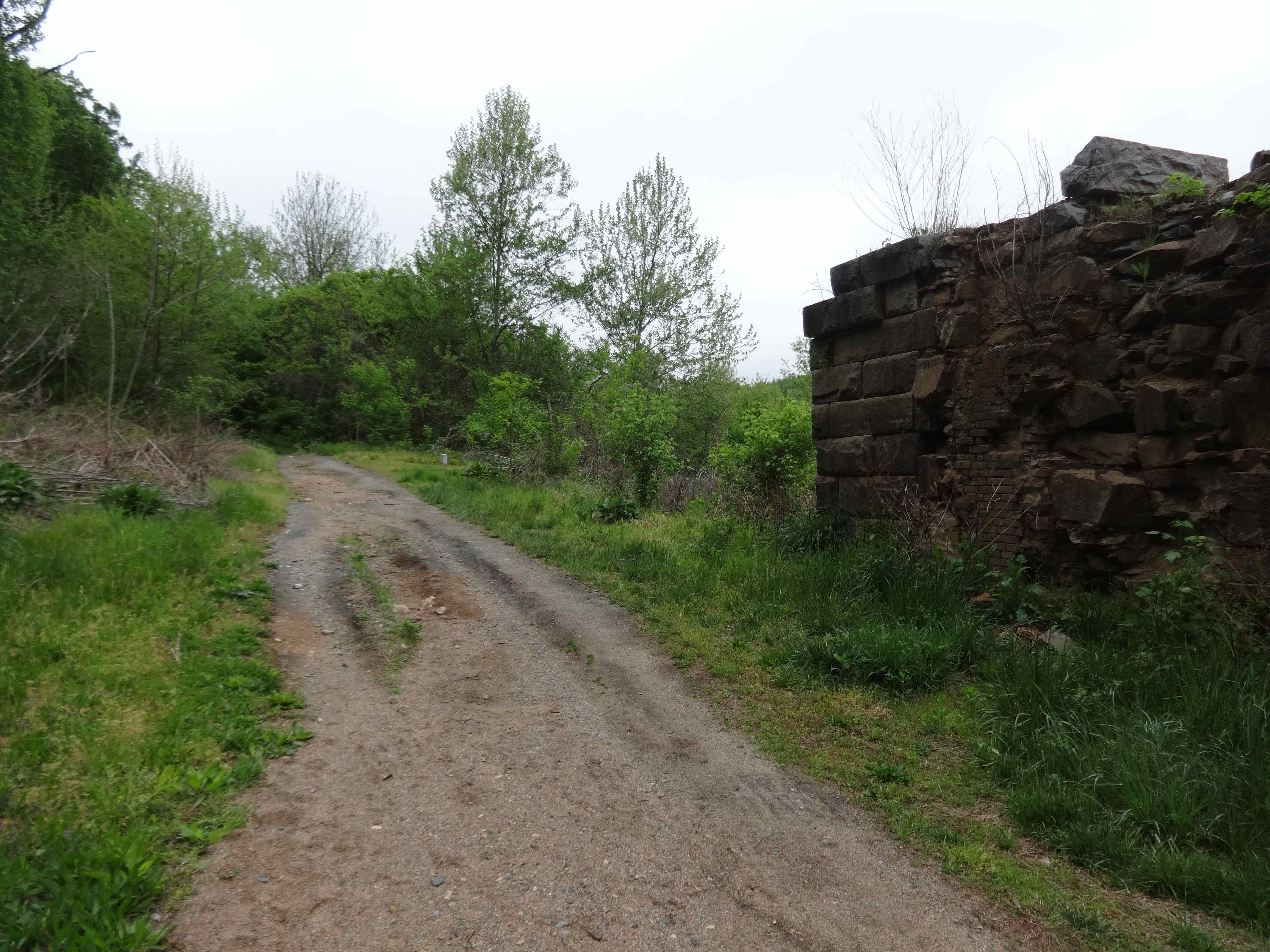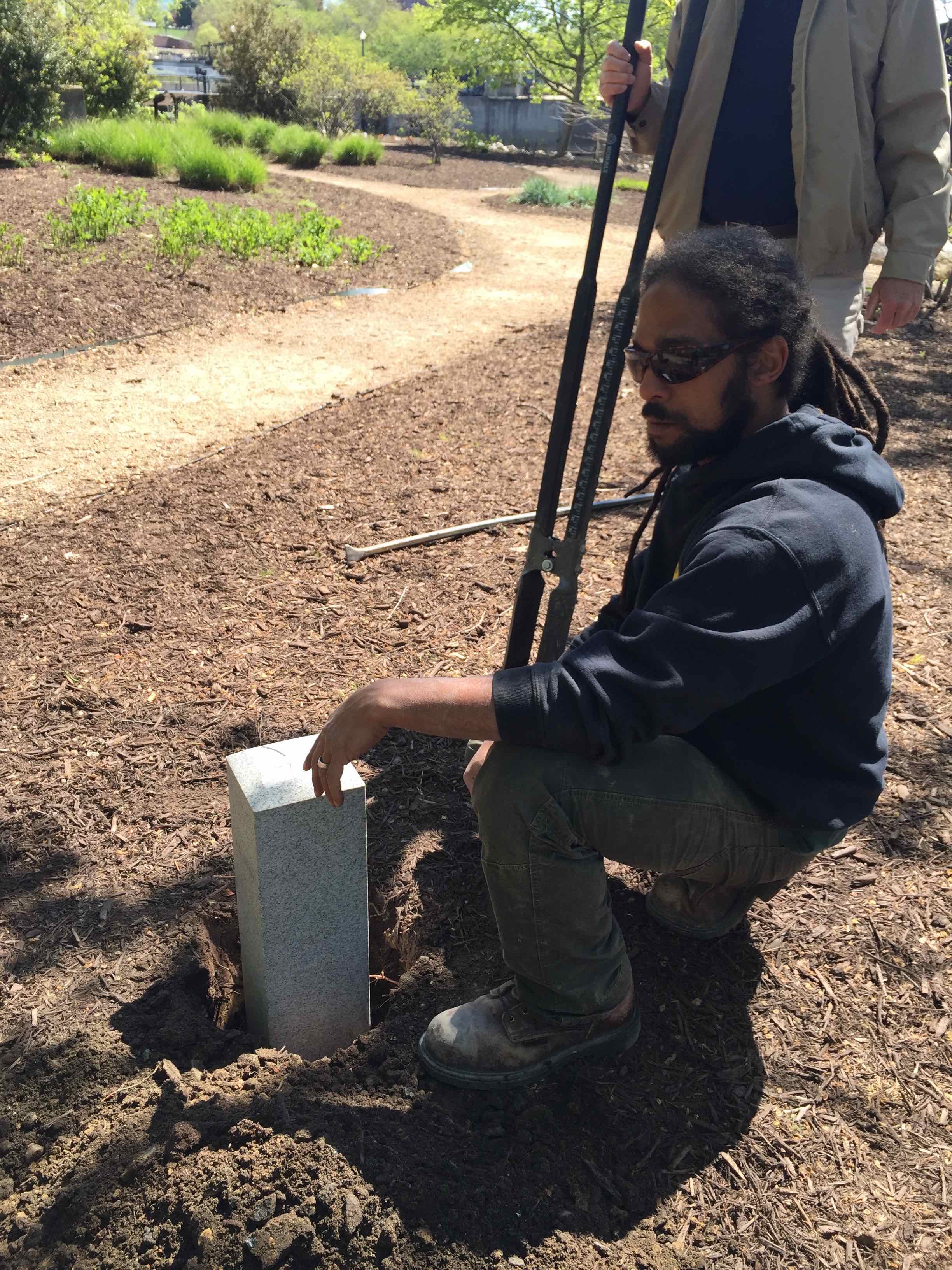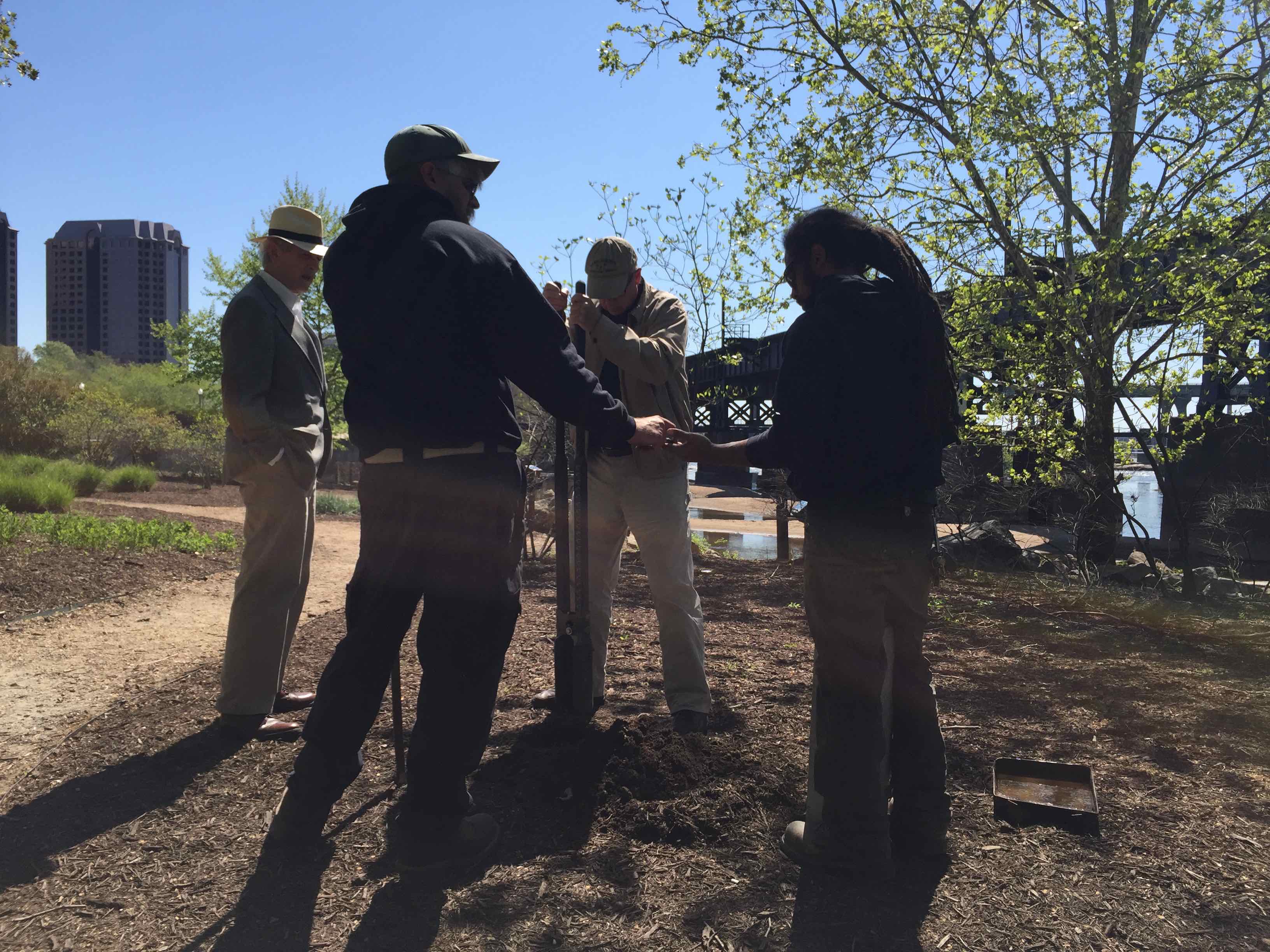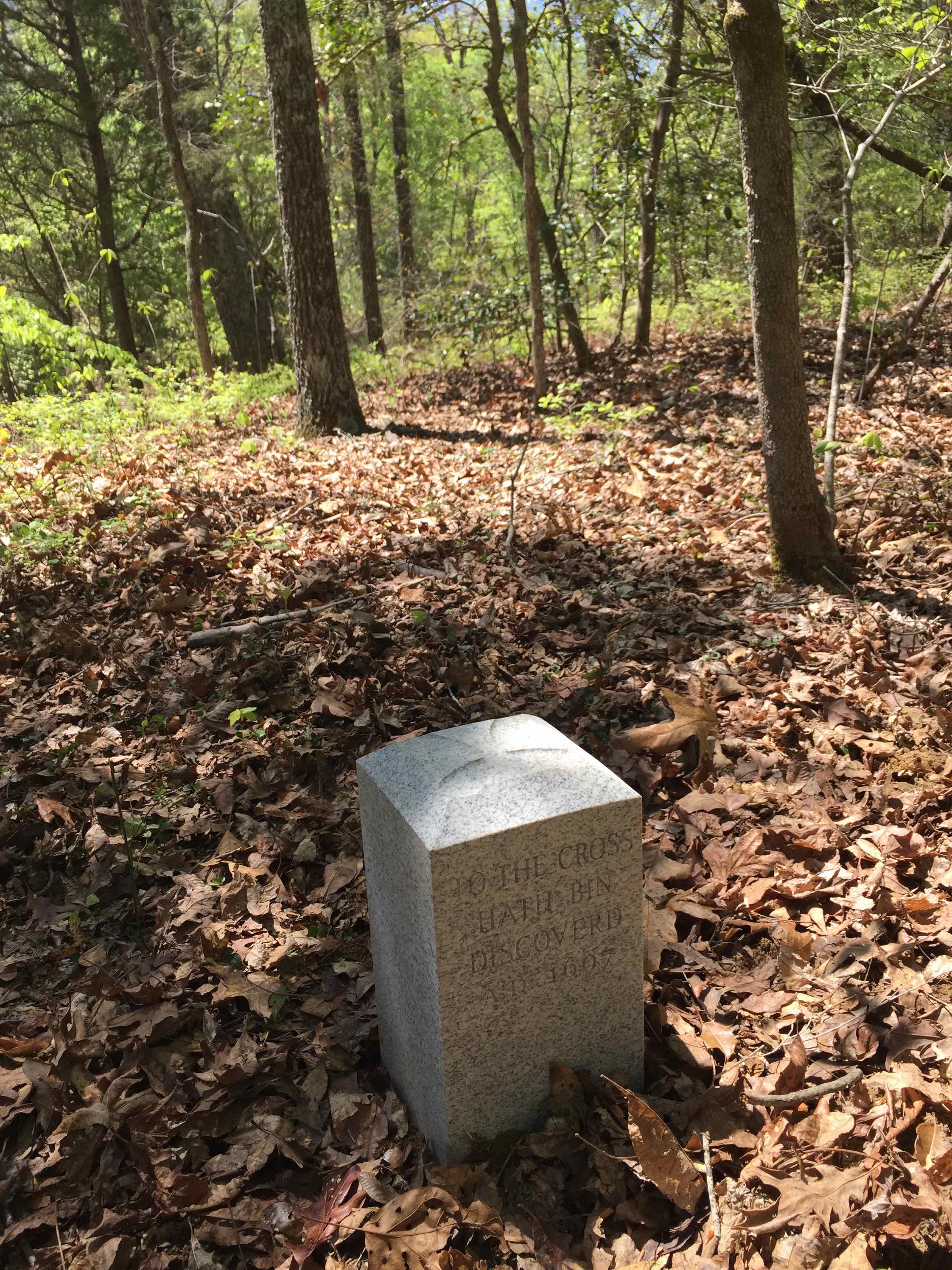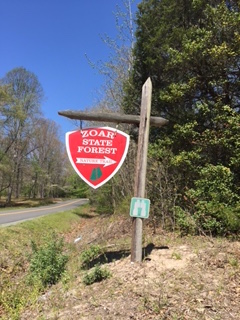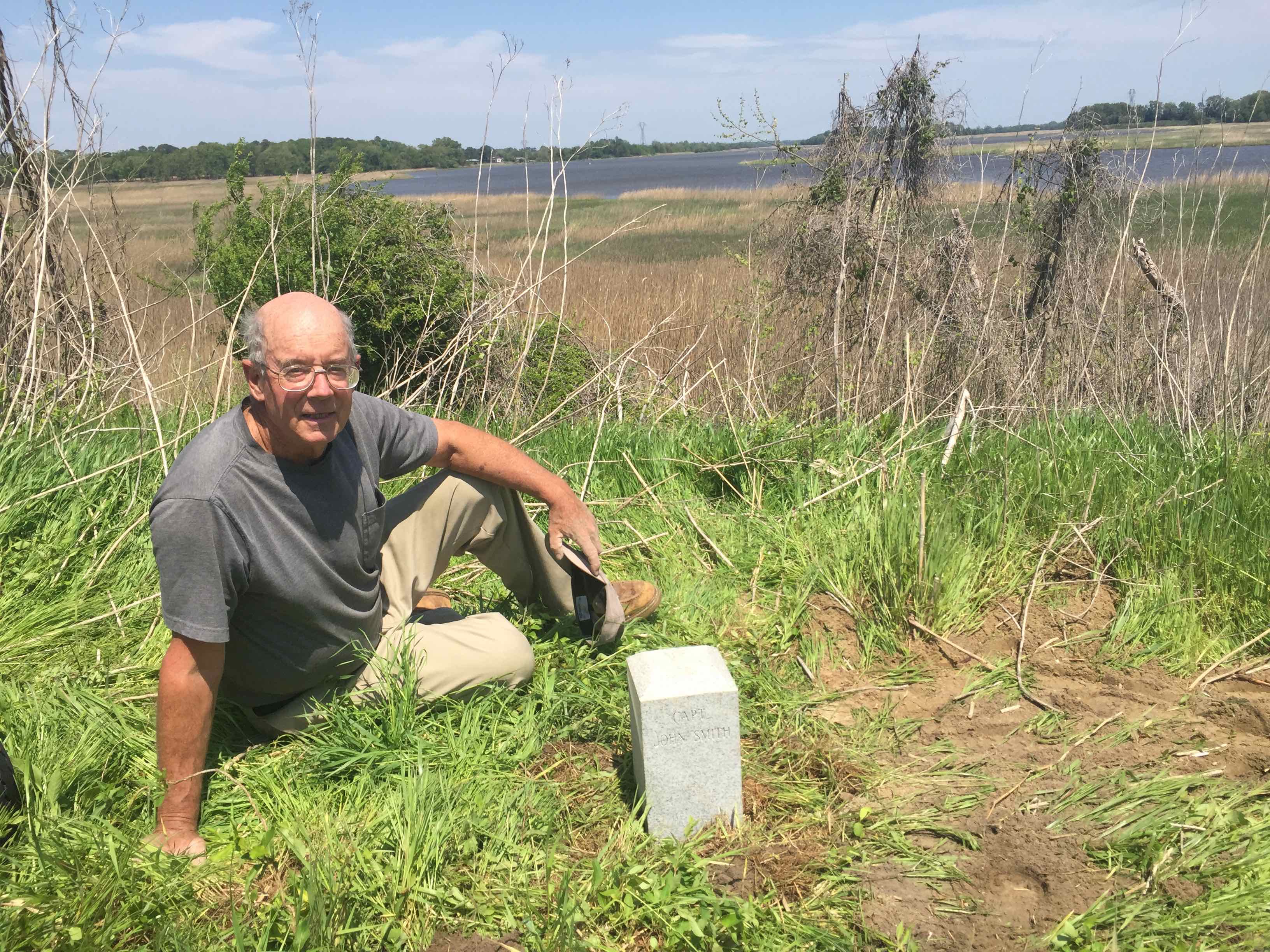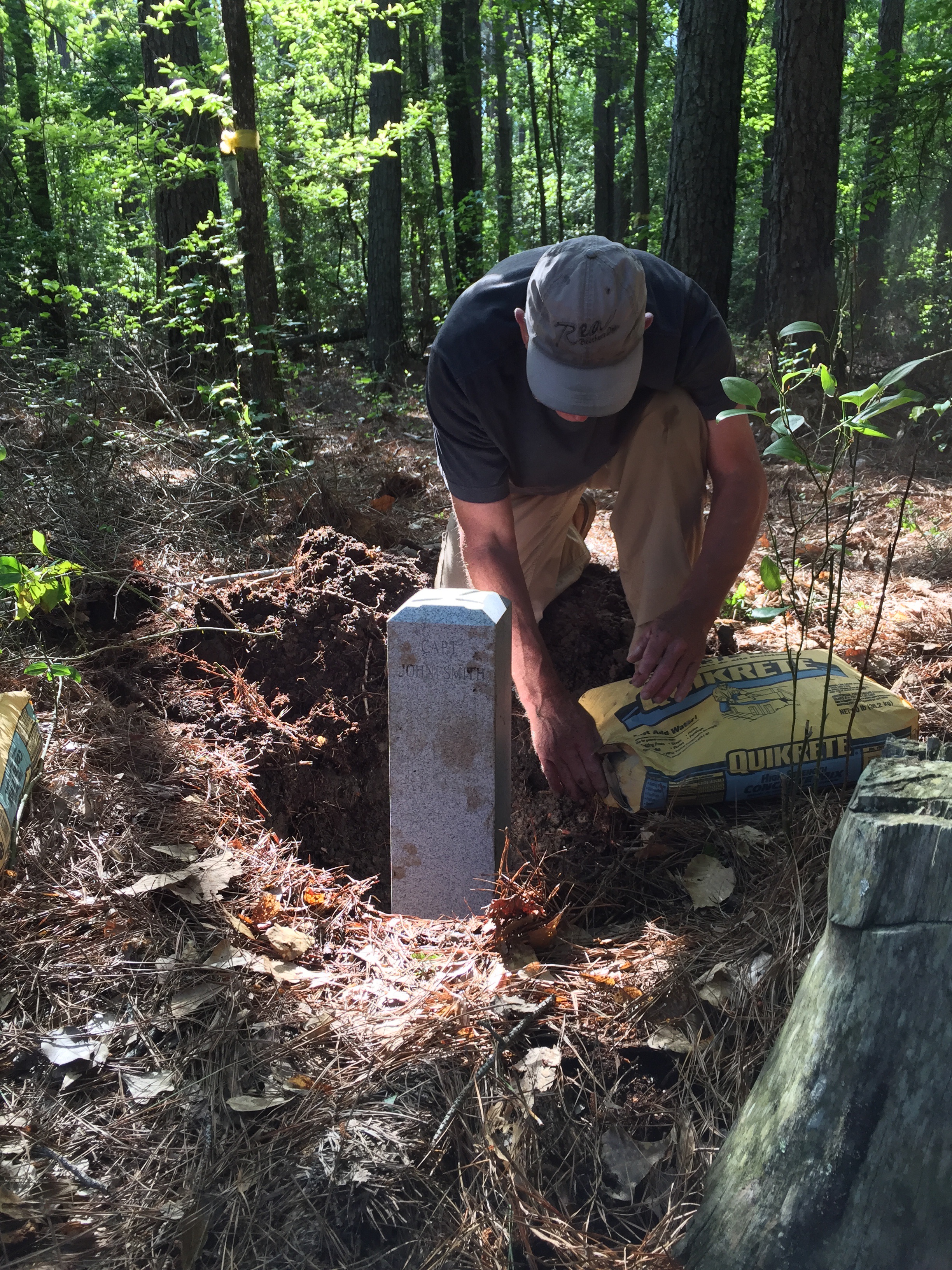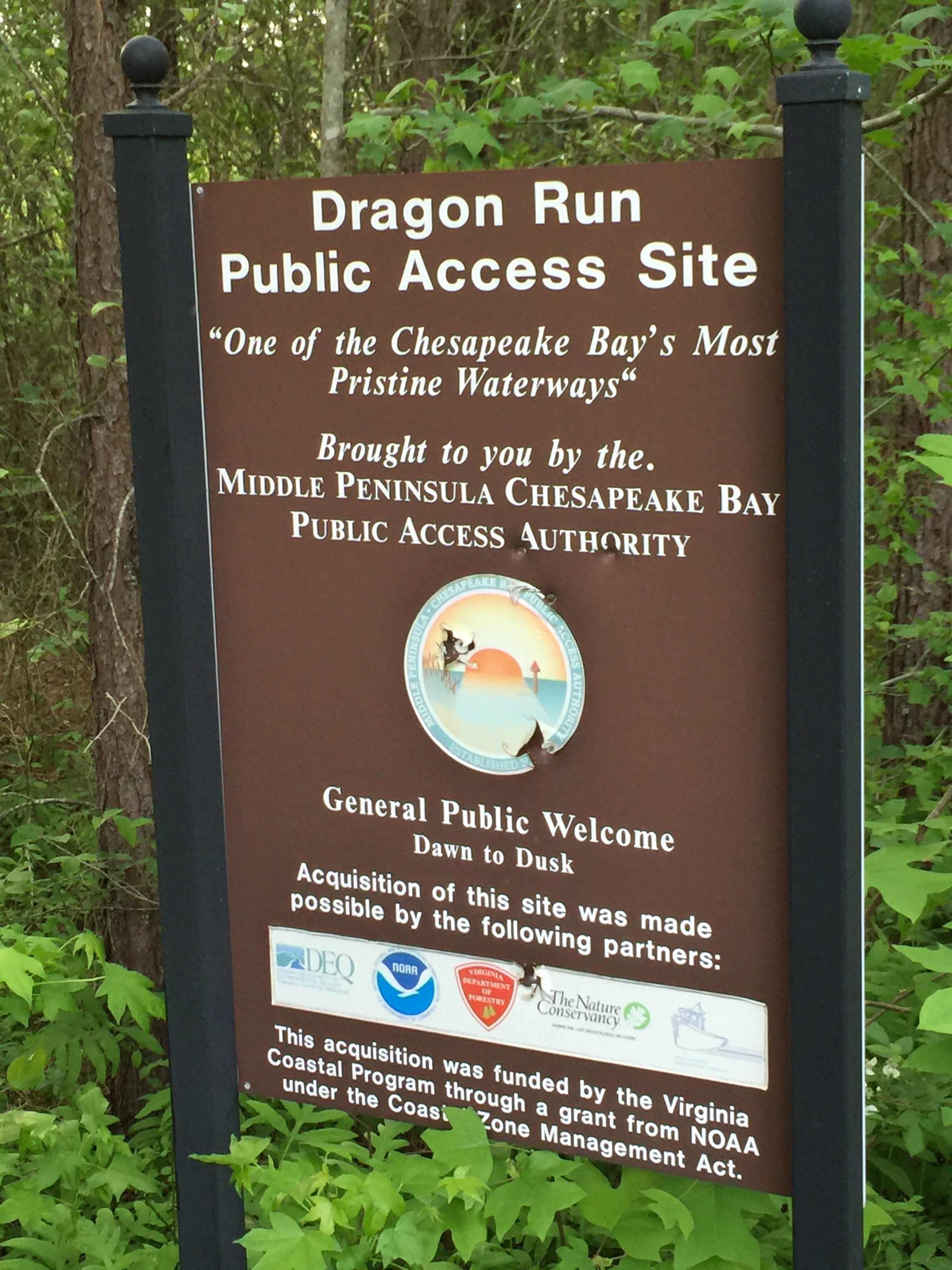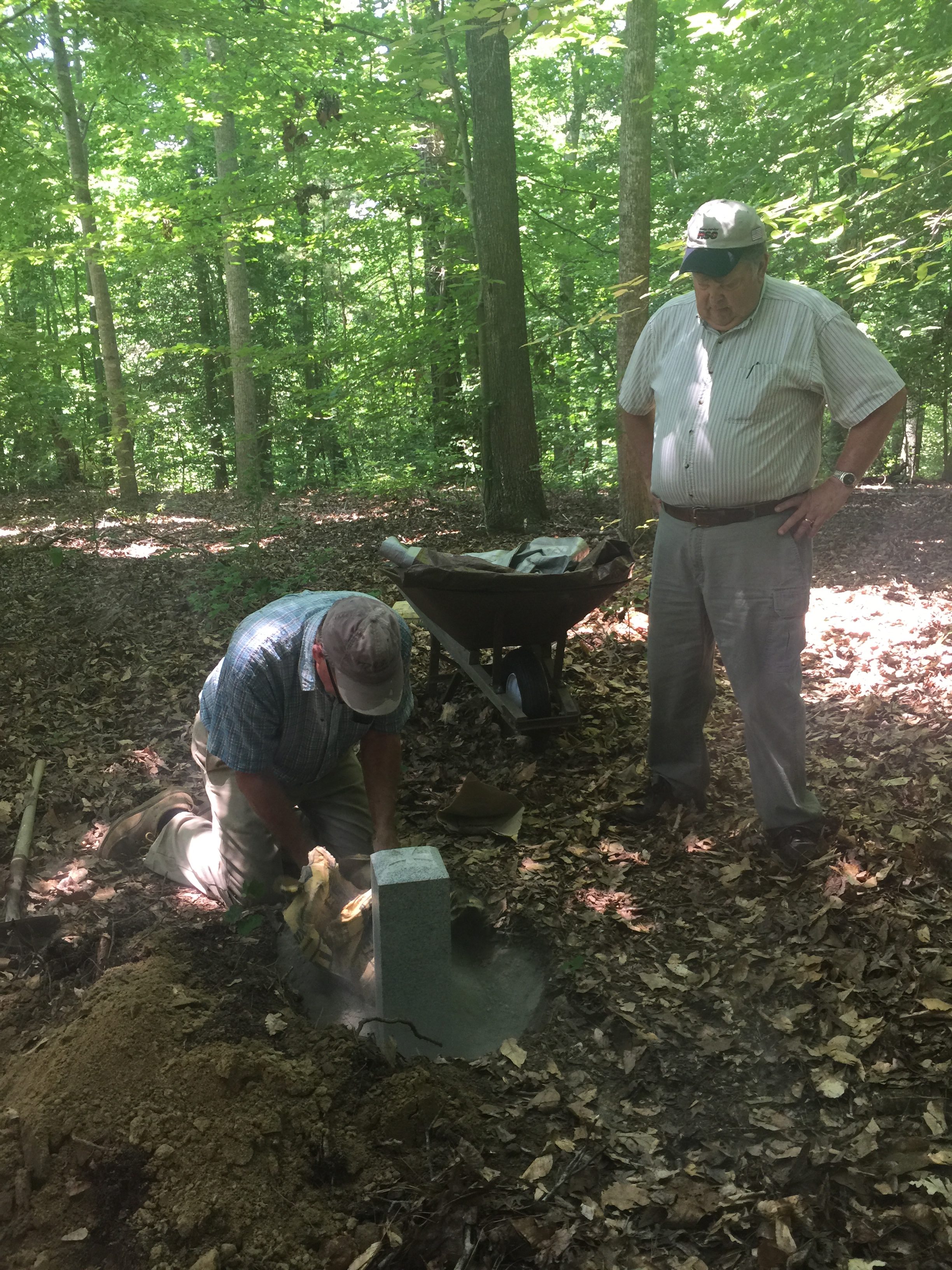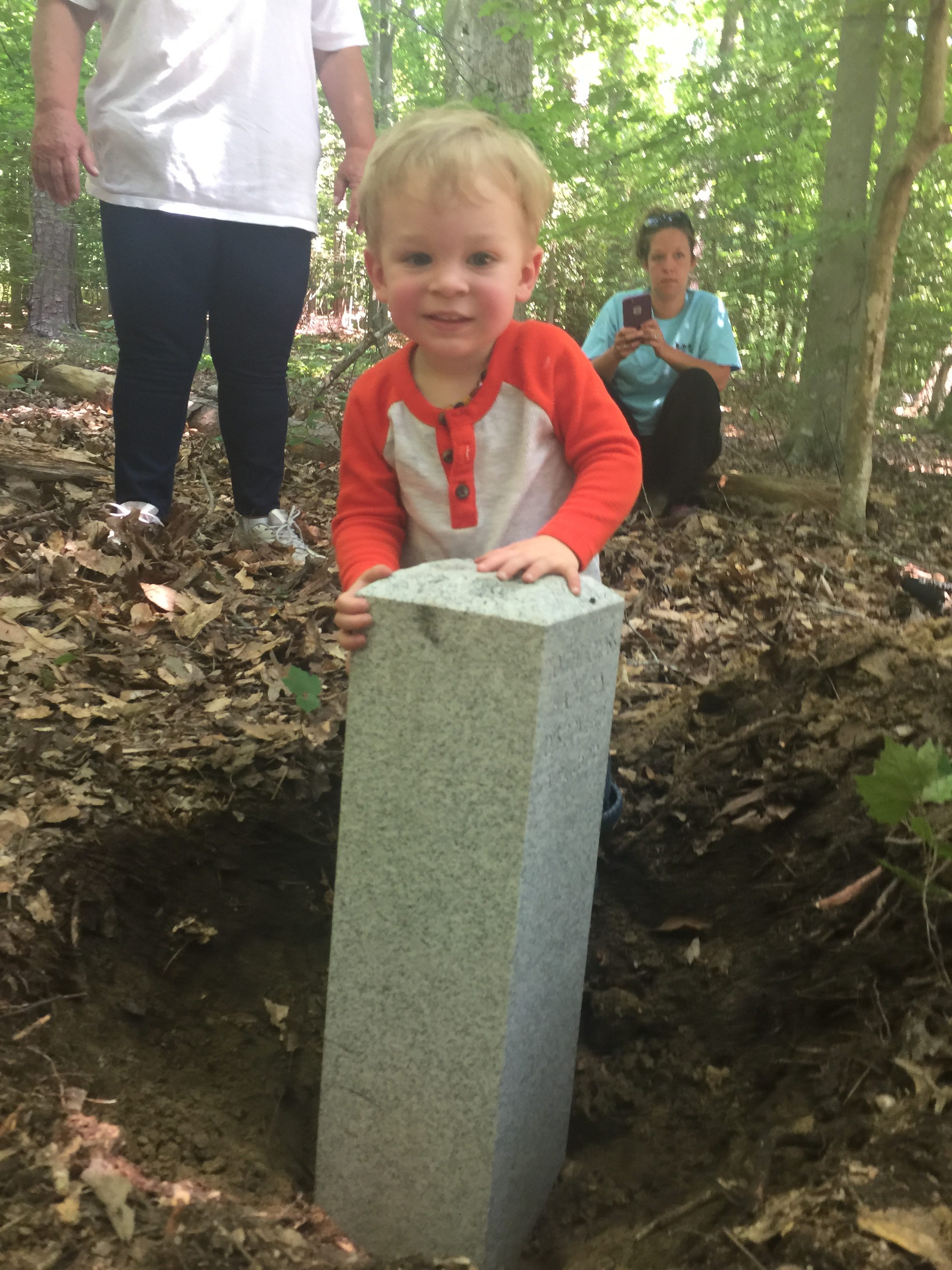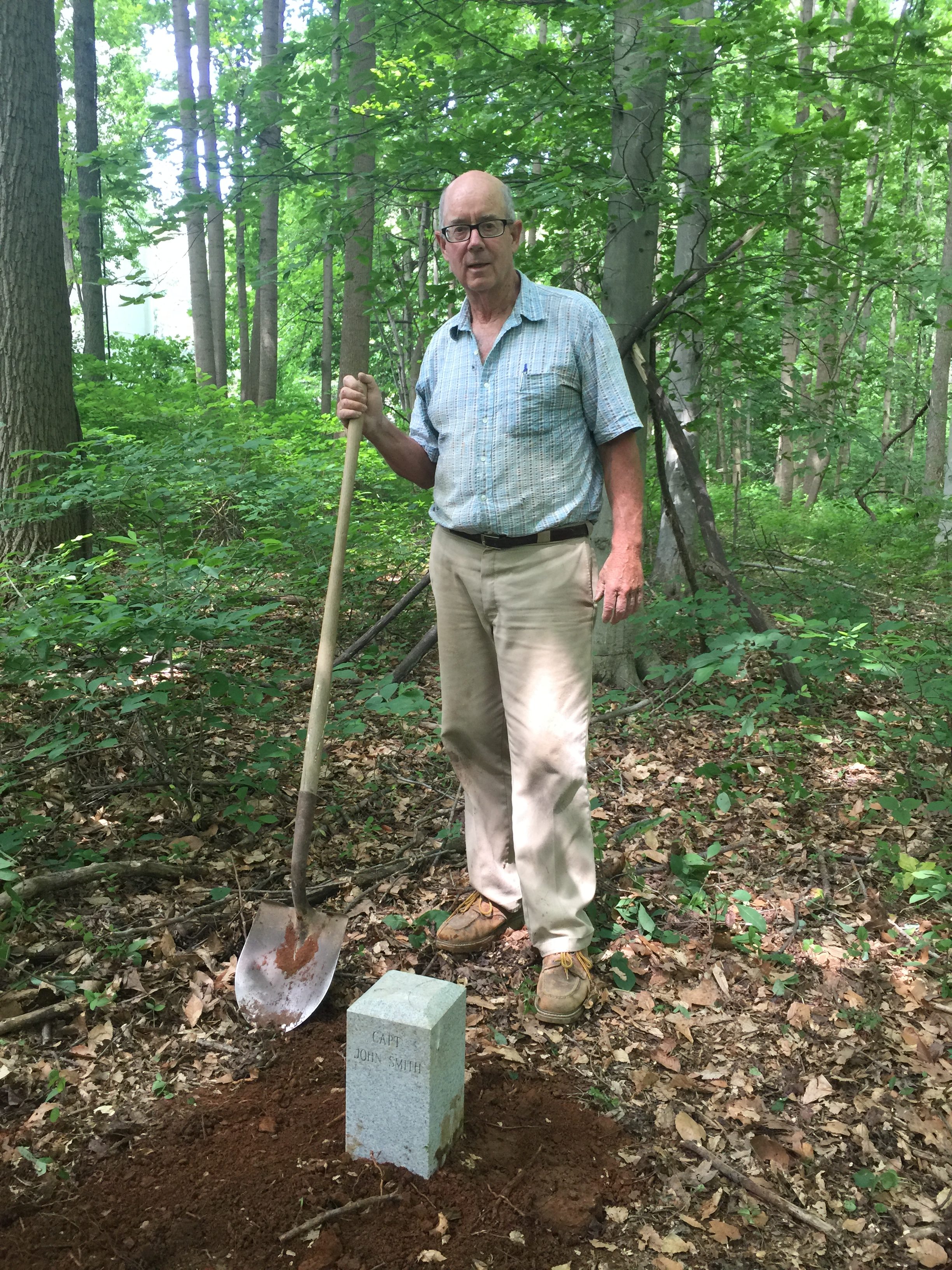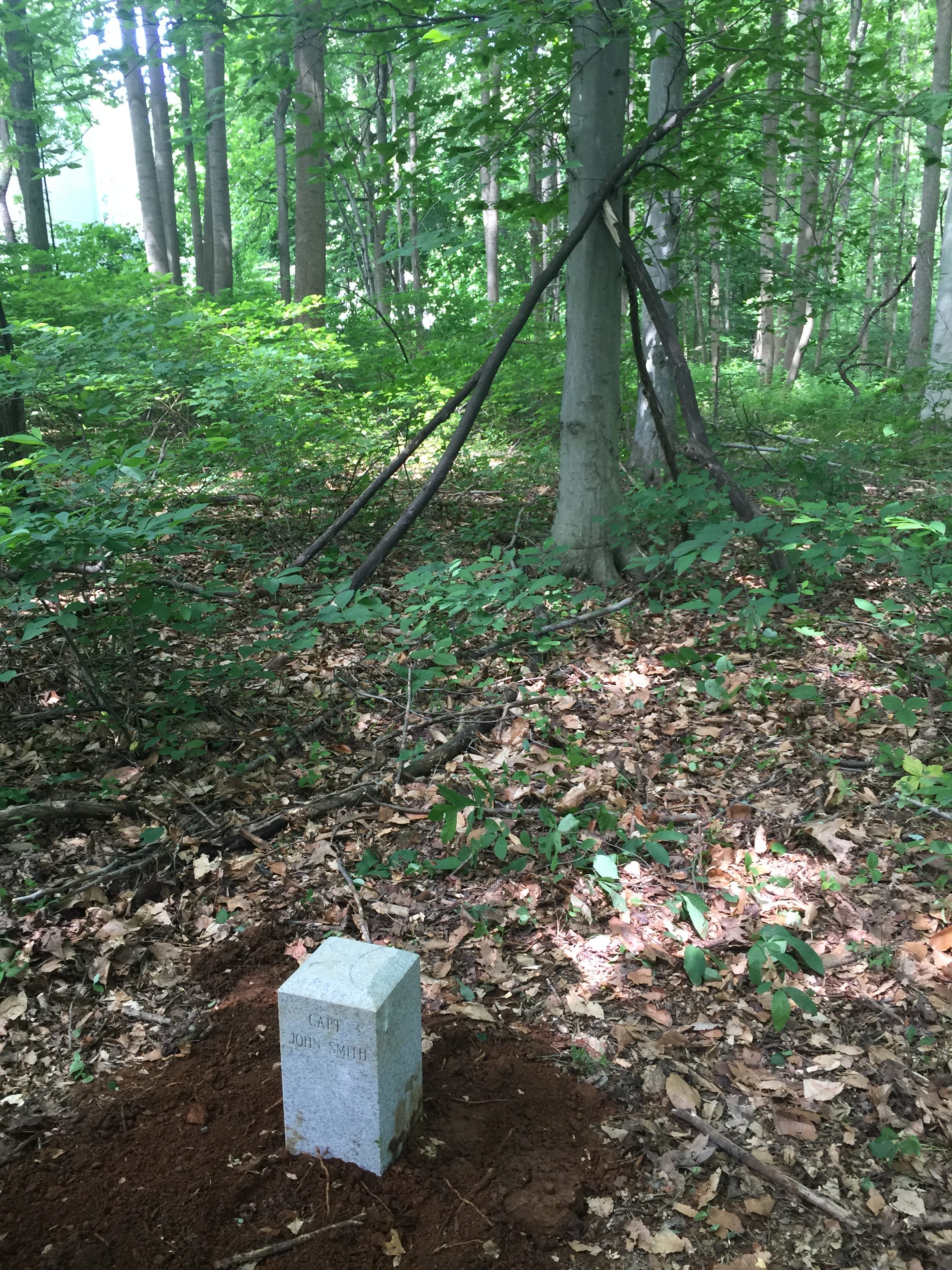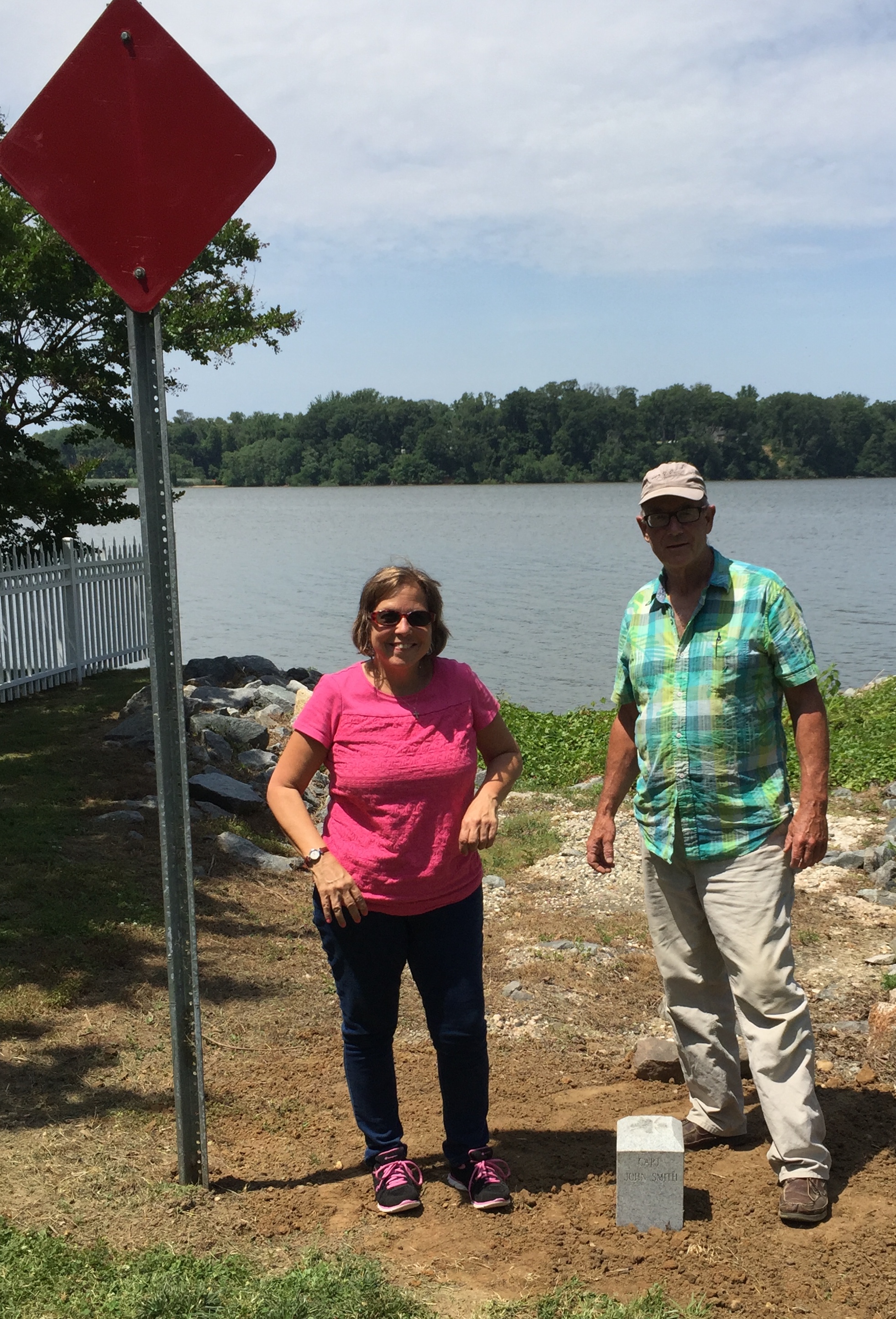The Chesapeake Conservancy supports work beyond what the National Park Service could accomplish on its own, including: improving public access, supporting land conservation, conducting cultural research and environmental analysis, and providing outreach that enrich visitors’ experiences and create a sustainable future for the Chesapeake Bay watershed.
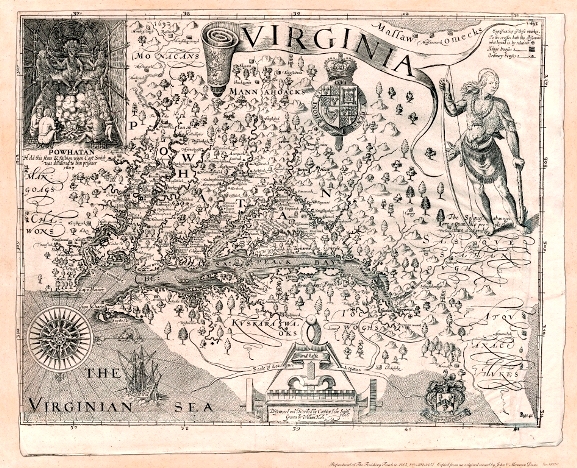
“…The situation of the rivers are so propitious to the nature and use of man as no place is more convenient for pleasure, profit and man’s sustenance.”
– Captain John Smith, A Map of Virginia, 1612
Captain John Smith’s 1612 map, Virginia Discoverd & Discribed, even to the casual eye presents our earliest picture of the Chesapeake Bay with uncanny accuracy. But something else emerges. There are 27 “Maltese” crosses scattered over it right to left, top to bottom. Smith tells us in his map key:
Signification of these markes,/To the crosses hath bin discoverd/ what beyond is by relation.
Meaning downstream of the crosses his knowledge is first-hand, upstream from them second-hand. His books—The General History, A Map of Virginia—tell us more:
In all those places and the furthest we came up the rivers, we cut in trees so many crosses as we would, and in many places made holes in trees wherein we writ notes, and in some places crosses of brasse to signifie to any [that] Englishmen had beene there.GH61
… wee sayled so high as our boat would float, there setting up crosses and graving our names in the trees.GH63
… in which map observe this: that as far as you see the little crosses on rivers, mountains, or other places, have been discovered; the rest was had by information of the savages, and are set down according to their instructions.MV11
Smith historian Ed Haile, with former Conservancy Chairman Charlie Stek, put together the Cross Project to restore 24 cross sites with granite markers right where Smith left the originals to be “waypoints of the water trail” in Virginia, Maryland, and Delaware. Through the help of Ed and fellow project volunteer, Connie Lapallo, they are working to mark each spot for modern day adventurers to visit.
The Crosses
on the
Captain John Smith Chesapeake National Historic Trail
If you are having trouble viewing the map above, try viewing it in full-screen.
Project Volunteers
Ed Haile is a historian and poet, author of Jamestown Narratives and John Smith in the Chesapeake, and two historic Bay maps. He is our source for the Trail route and John Smith’s dates and itinerary. For some years now Ed has been doing his research on marker placements.
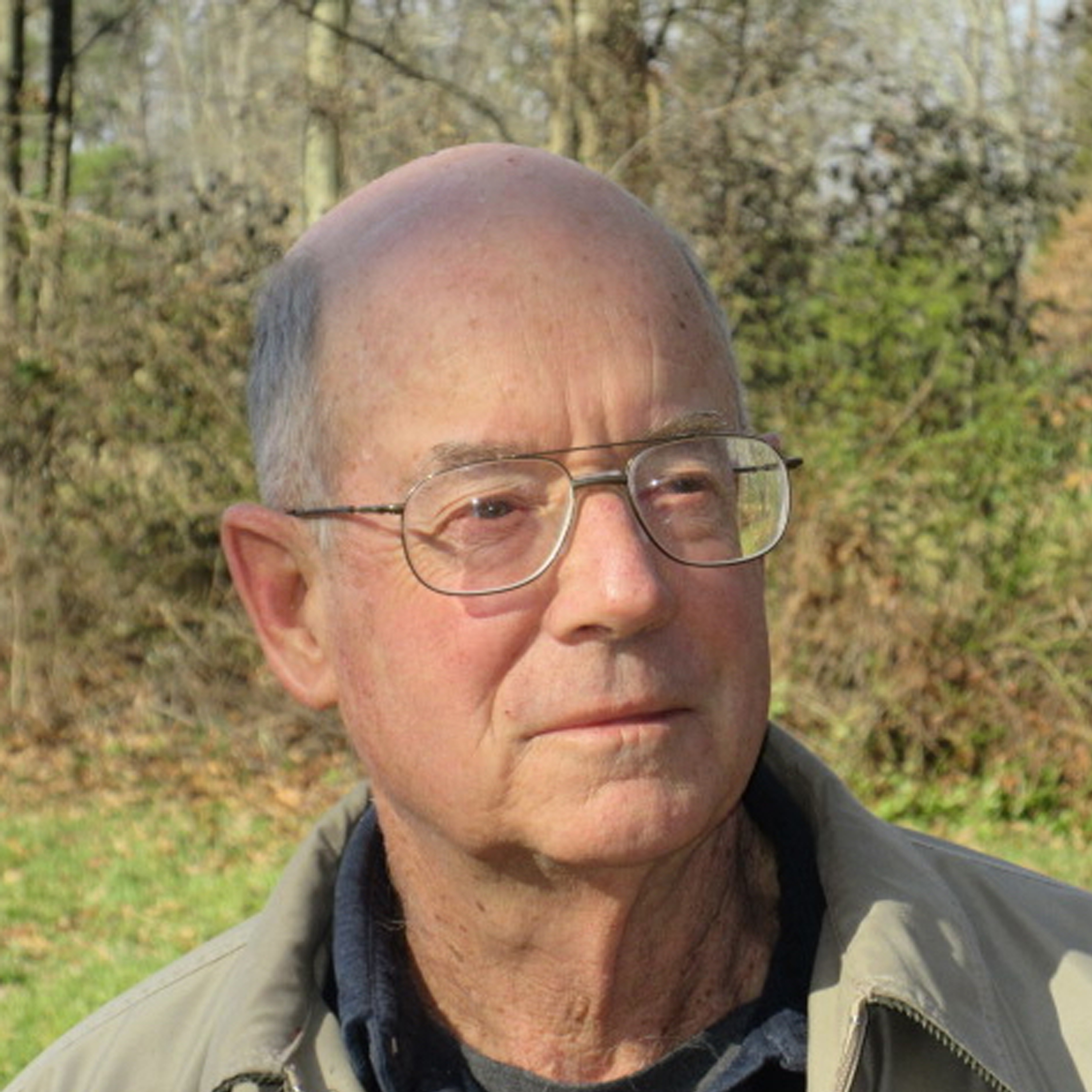
Connie Lapallo is an author, historian, and speaker. Her trilogy is based on the true story of Jamestown’s first women and children: Dark Enough to See the Stars in a Jamestown Sky (1592-1611), When the Moon Has No More Silver (1610-1620), and The Sun is But a Morning Star (1621-1652). Connie has told the Jamestown story to hundreds of audiences across the country.

